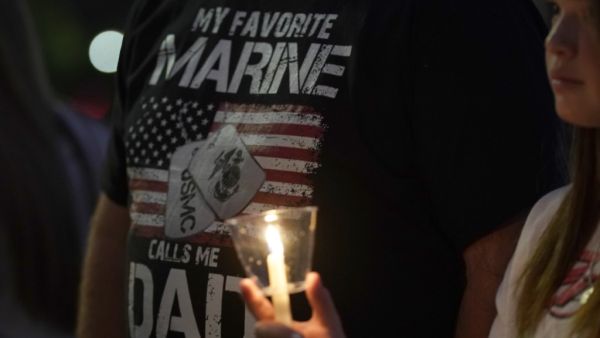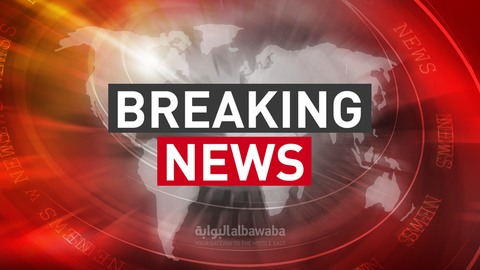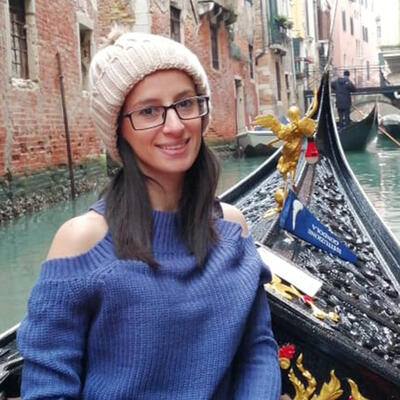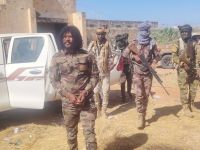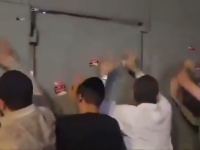The US Marine Corps has posted a photo on Twitter of the flag-draped caskets of their fallen brethren killed in Thursday's suicide bomb attack in Kabul.
The shot shows the caskets being flown back to the US on a C-17 Globemaster military transport.
The caskets later arrived at Dover Air Force Base in Delaware for a solemn transfer ceremony Sunday morning, which was attended by Joe Biden.
The Corps tweeted: 'Flag-draped transfer cases line the inside of a C-17 Globemaster II Aug. 29, 2021, prior to a dignified transfer at Dover Air Force Base, Delaware.
'The fallen service members died while supporting non-combat operations in Kabul. Gone, but never forgotten.'
Eleven of the servicemembers killed in Thursday's suicide bombing were Marines. They were: Hunter Lopez, Rylee McCollum, David Lee Espinoza, Kareem Nikoui, Jared Schmitz, Daegan Page, Taylor Hoover, Humberto Sanchez, Johanny Rosario, Dylan Merola and Nicole Gee.
Also killed were Navy corpsman Max Soviak and Army Staff Sergeant Ryan Knauss.
Their remains arrived at Dover Air Force Base, at 8am for the ceremony, which was attended by families of the fallen soldiers as well as dignitaries including President Biden, Secretary of Defense Lloyd Austin, and the heads of the military and the first lady.
Biden stood solemnly, hand on heart, as body after body was carried past him.
His eyes fixed on each transfer case as it move from plane to van, first lady Jill Biden beside him. From time to time he bowed his head as if in silent prayer.
The only other sounds were the quiet commands of honor guards in battle dress and white gloves who carried the cases, and the hum of the C-17 aircraft.
'The 13 service members that we lost were heroes who made the ultimate sacrifice in service of our highest American ideals and while saving the lives of others,' he said in a statement a day earlier.
'Their bravery and selflessness has enabled more than 117,000 people at risk to reach safety thus far.'
Relatives of the fallen were hidden from view behind a line of buses.
Their presence became obvious as the second flag-draped transfer case emerged from the plane to the sound of anguished howling.
Their deaths, killed by an ISIS-K suicide bomber on Thursday, as they protected an airlift of Americans and vulnerable Afghans, brought into stark focus the risks of ending the U.S. war in Afghanistan and the potential political cost to Biden.
The withdrawal of U.S. forces allowed the Taliban to regain power, after an almost 20-year war and the cost of 2,400 American military lives.
International allies have openly accused the president of blindsiding them with his rush to exit by August 31.
And his handling of the crisis - blaming Afghan troops for failing to fight the Taliban and his predecessor's peace deal with the enemy - triggered withering criticism from all sides at home.
The Pentagon's policy is to return America's fallen troops to their loved ones as quickly as possible.
Once the aircraft lands at Dover AFB, service-specific carry teams remove the transfer cases individually from the aircraft and move them to an waiting vehicle, according to information from Dover's office of Air Force Mortuary Affairs Operations.
The vehicles then transport the fallen to the mortuary facility at Dover for positive identification by the Armed Forces Medical Examiner System and preparation for transport to their final resting place.
The transfer event, which the military does not consider a ceremony but rather 'a solemn movement of the transfer case', can be open to the press for photography and video at the discretion of the fallen troop's family.
This article has been adapted from its original source.



